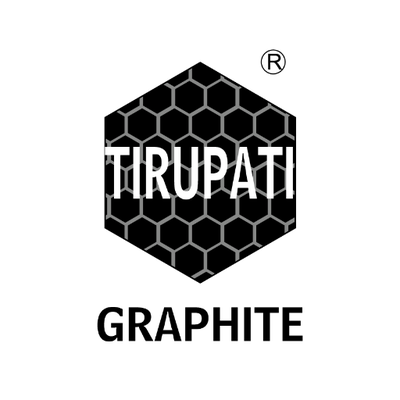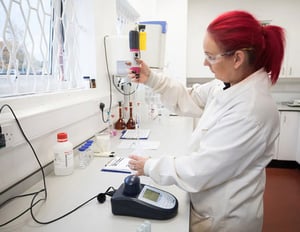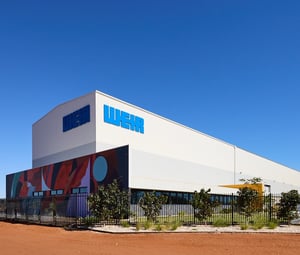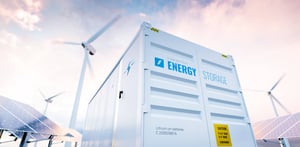Graphite is a key material in several industrial processes that are not going away. It is used in steelmaking, foundries, and high-temperature applications because it conducts electricity, handles heat, and resists corrosion. These uses are not cyclical trends, they are core inputs in global industry. As such, graphite demand from these segments is steady and ongoing.
At the same time, newer sectors are beginning to dominate graphite supply conversations. Lithium-ion batteries, used in electric vehicles and energy storage, rely on graphite for the anode. There is no widely used substitute for graphite in this function. It makes up a significant portion of the battery by weight and is essential for performance and cycle life. Demand for batteries is rising, and graphite is locked in as a requirement.
There is also increasing use of graphite in electronics. Its thermal conductivity makes it useful in devices that need passive heat control. This includes mobile phones, computers, and other compact systems. As designs get smaller and power density increases, graphite’s value in this role becomes more obvious.
Graphite is also used in lubricants, chemical processing, and mechanical applications. These are not new markets, but they still matter. They keep demand balanced and reduce reliance on a single sector. This is important for long-term supply security and pricing.
Tirupati Graphite PLC (LON:TGR) is a fully integrated specialist graphite and graphene producer, with operations in Madagascar and Mozambique. The Company is delivering on this strategy by being fully integrated from mine to graphene. Its global multi-location operations include primary mining and processing in Madagascar, hi-tech graphite processing in India to produce specialty graphite, and a state-of-art graphene and technology R&D center to be established in India.





































